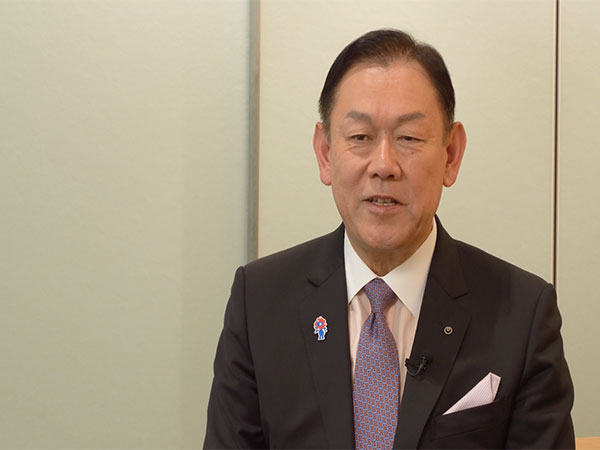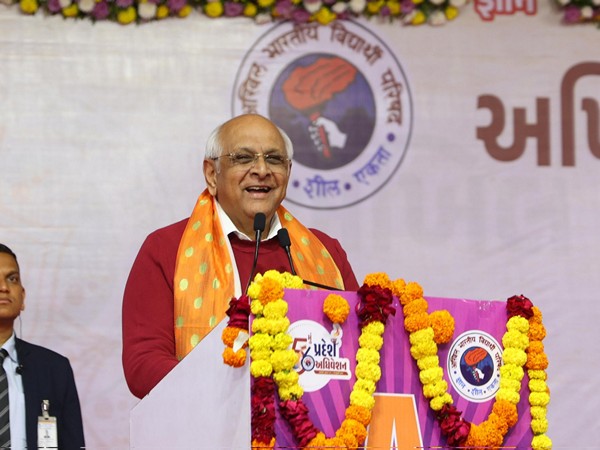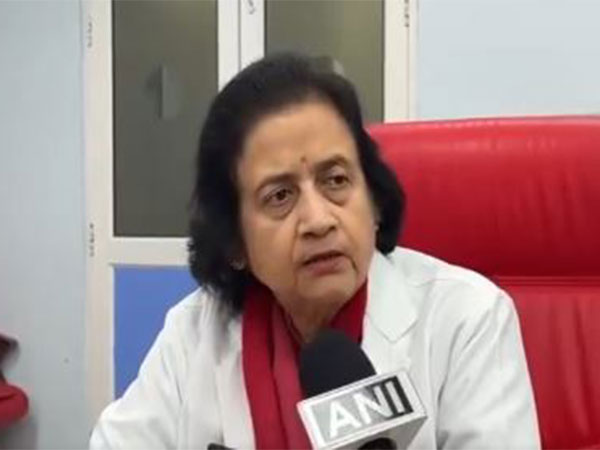Tokyo [Japan], January 7 (ANI): Katsuhiko Kawazoe, the “Godparent” of NTT’s Innovative Optical and Wireless Network (IOWN), unveils its true potential and the transformative society it aims to create.
IOWN technology replaces traditional electronic communication with advanced optical communication.
NTT is a global leader in research and development, particularly in optical electronics.
Katsuhiko Kawazoe, Senior Executive Vice President of NTT, stated, “The internet has become widely accessible, giving rise to various new businesses. However, it operates on a ‘best-effort’ approach.”
He added, “While many people appreciate fast connections, the internet can occasionally slow down, leading to inconvenience and a sense of unreliability. Many believe the current internet cannot fully meet the demands of all businesses. Certain industries require guaranteed connection speeds and uninterrupted service, exposing the limitations of today’s internet. This led us to ask: What kind of network should come next? And can we design it?”
In 2019, NTT introduced a ground-breaking innovation: the optical transistor. This technology, known as “membrane compound semiconductor devices,” focuses strong light within a thin active layer.
Compared to traditional electrical systems, it enables faster data transmission, greater capacity, and significantly lower energy consumption.
Kawazoe said, “When we announced IOWN, we highlighted three key benefits: First, a reduction in energy consumption. We believe IOWN will enable data processing and transmission using just 1/100th of the energy currently required. Second, increased data transmission capacity. By using optical devices, we can boost transmission capacity to 125 times its current level. Optical processing and transmission are far more efficient and scalable. Third, reduced time delay. In traditional internet communication, routers introduce waiting times, causing delays that accumulate and increase latency. In contrast, IOWN enables end-to-end optical processing, reducing time delays to just 1/200th of current levels.”
Kawazoe emphasized that NTT could focus solely on developing an optical fiber network and platform, but added, “In the era of IOWN, we must expand our imagination to envision the new businesses that will emerge.”
He continued, “As IOWN becomes widespread, consumers’ perceptions of energy usage will shift. For example, the electricity consumed to charge all smartphones in Japan is substantial. I aim to reduce smartphone energy consumption to just 1/100th of the current level. Instead of relying on conventional charging methods, smartphones could be powered by kinetic energy–similar to wristwatches. By harnessing energy from body movement and solar power, smartphones could operate sustainably.”
Kawazoe envisions a shift in consumer attitudes toward electronics and energy with the widespread adoption of IOWN, contributing to the creation of a more sustainable society. (ANI)
Disclaimer: This story is auto-generated from a syndicated feed of ANI; only the image & headline may have been reworked by News Services Division of World News Network Inc Ltd and Palghar News and Pune News and World News
HINDI, MARATHI, GUJARATI, TAMIL, TELUGU, BENGALI, KANNADA, ORIYA, PUNJABI, URDU, MALAYALAM
For more details and packages

















